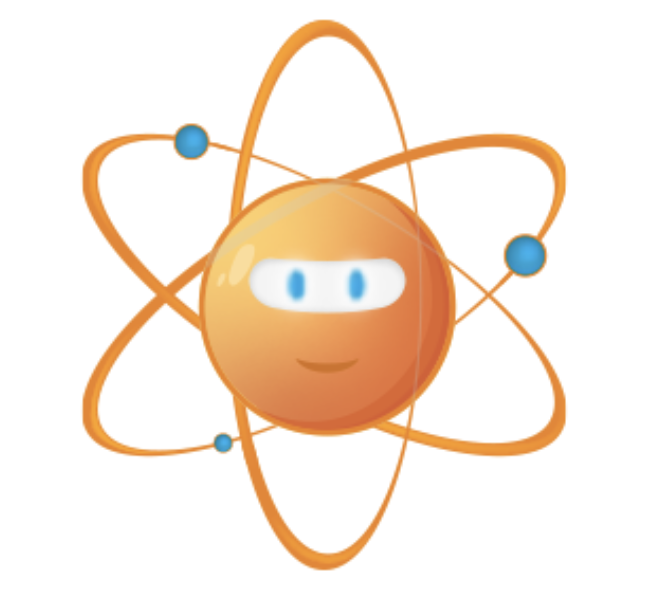Connected Science Learning October-December 2019
Volume 1, Issue 12
STEM Mindset
Journal Article
What STEM Mindset Is … and Why Everyone Should Have One
A STEM (science, technology, engineering, and math) mindset encompasses many things, and perhaps does not mean the same thing to every person. Many believe, however, that it combines general attributes that are independent of an individual’s acad...
By Beth Murphy
Journal Article
Fostering a STEAM Mindset Across Learning Settings
Developing a growth mindset has been identified as a key strategy for increasing youth achievement, motivation, and resiliency (Rattan et al. 2015). At its core, growth mindset describes the idea that one’s abilities can change through using new ...
By Laura D. Carsten Conner, Blakely K. Tsurusaki, Carrie Tzou, Perrin Teal Sullivan, Mareca Guthrie, and Stephen M. Pompea
Journal Article
Changing Mindsets Through Educator Training
MOXI, The Wolf Museum of Exploration + Innovation, is a new museum in Santa Barbara, California, designed to engage visitors of all ages in constructing understanding of STEM (science, technology, engineering, and math) topics through active engage...
By Ron Skinner, Danielle B. Harlow, and Kaia Joye Wesolowski
Journal Article
Using the ChangeMaker Mindsets™ to Enhance STEM Experiences
A ChangeMaker is anyone who chooses to take creative action to solve a problem for impact. The ChangeMaker Mindsets™ help youth navigate ambiguity and reframe thinking toward problem-solving. As students embrace and use the ChangeMaker Mind...
By Amanda Kopischke and Angela Anderson
Journal Article
Where Should Learners Struggle?
"I’ve had one cohort of kids…They were with me last year and then they came back and did a more advanced maker club this year, and so the way that they approached these challenges is so different. They have this mindset where they need to pla...
By Alice Anderson, Megan Goeke, Amber M. Simpson, and Adam V. Maltese
Journal Article
Teen science café programs are a free, fun way for high school teens to explore advances in science, technology, engineering, and mathematics (STEM). Through lively conversations and hands-on activities with STEM professionals, teen science café ...
By Michelle Hall, and Michael Mayhew
Journal Article
Defining and Measuring STEM Identity and Interest in STEM Learning
A growing number of educators are focused on increasing students’ interest in and developing their identity in relation to science, technology, engineering, and math (STEM) as an intended outcome of their out-of-school activities and programs. ...
By Jamie Bell, Kevin Crowley, Martin Storksdieck, John Besley, Matthew A. Cannady, Amy Grack Nelson, Tina Phillips, Kelly Riedinger, and Melissa Ballard
Journal Article
Design Elements From a Rural, Multi-Organization Collaborative
On a Saturday afternoon last May in Hamilton, Montana, 150 people gathered in a college gymnasium for the Bitterroot Maker Fair. At tables around the room, student educators from the University of Montana (UM) spectrUM Discovery Area guided K–12 ...
By Beth Covitt, Vic Mortimer, Nick Wethington, and Nathalie Wolfram
Journal Article
STEM (science, technology, engineering, and mathematics) mindset is critical to youths’ ongoing participation in STEM, as well as their functioning in today’s technology-rich world (e.g., Murphy 2019). This is true for all students, but it is e...
By Jeanna R. Wieselmann
Journal Article
Middle school is a critical time for fostering girls’ interest in science, as it is during these years that girls begin to identify with their strengths and weaknesses and start to decide what kind of person to be (Allen and Eisenhart 2017; Carlo...
By Alicia Santiago, Kristin Pederson, and Rita Karl



